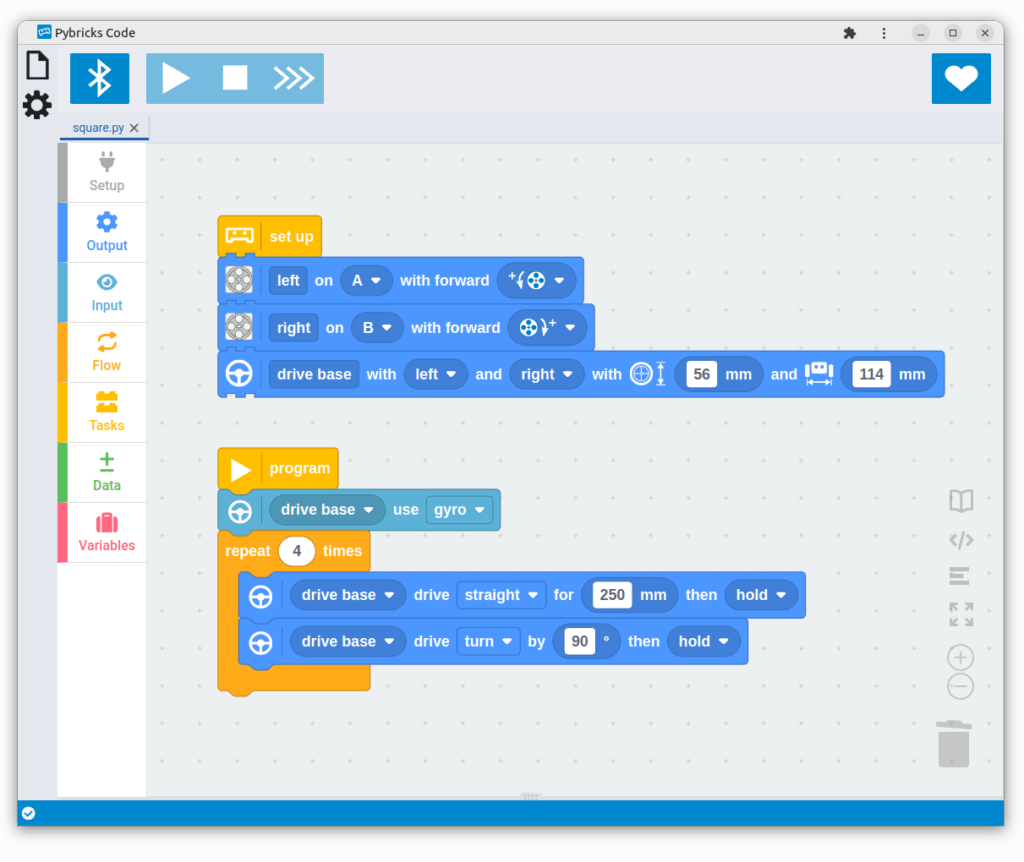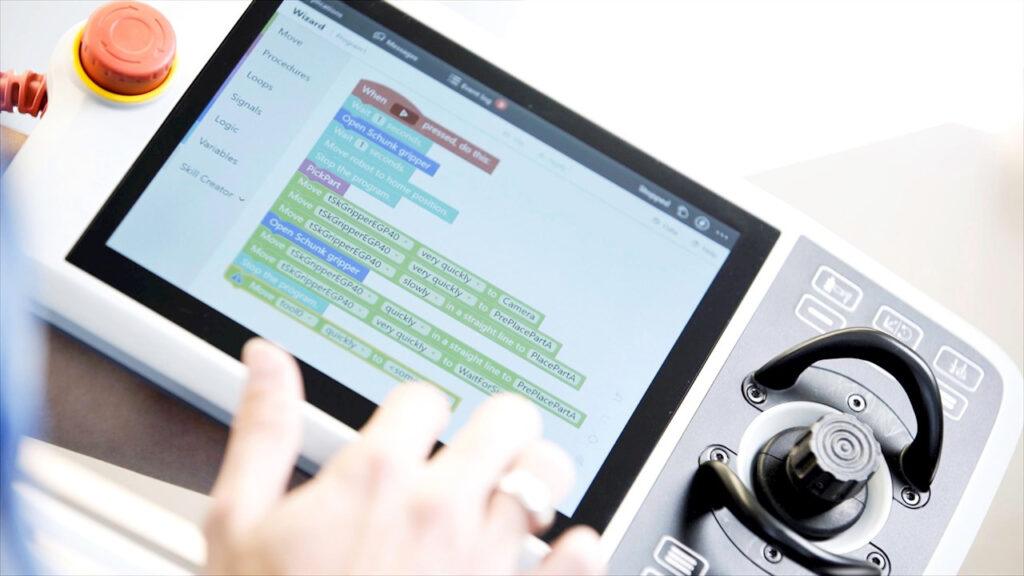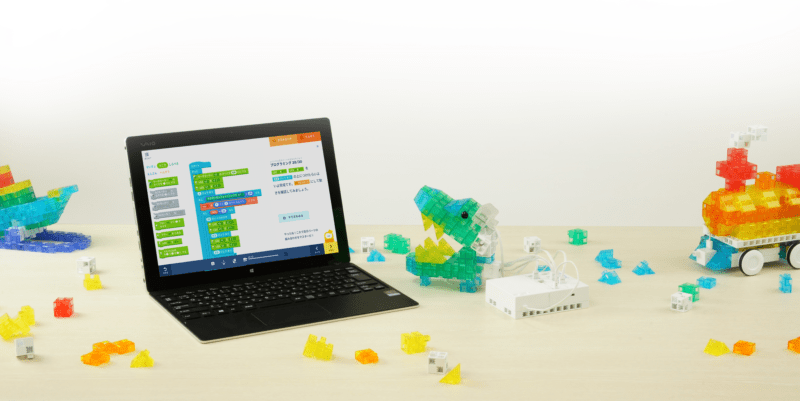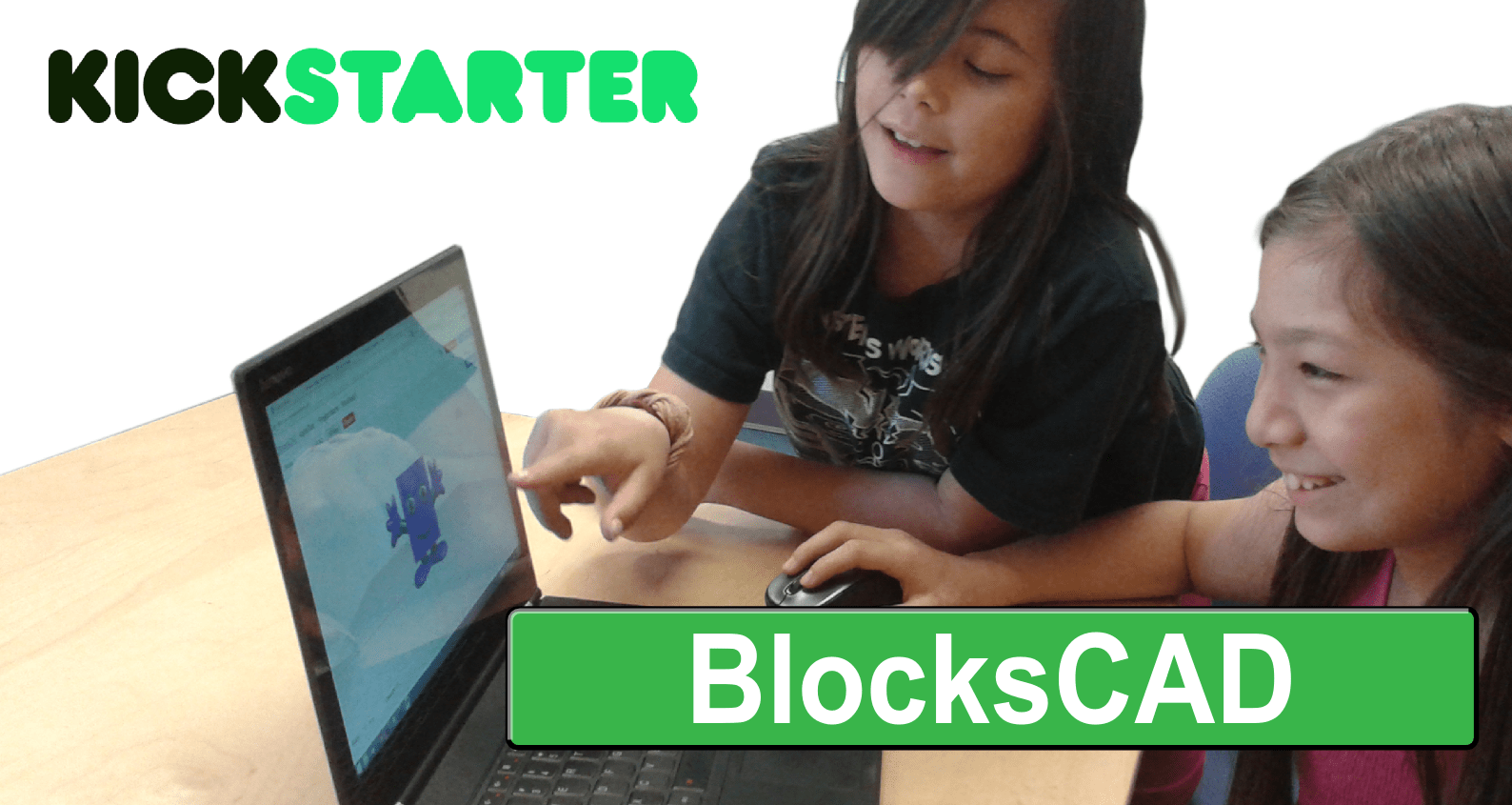In the rapidly evolving landscape of educational toys, one product stands out for its innovative approach to STEAM (Science, Technology, Engineering, Arts, and Mathematics) education: BlockBot. Developed by 130T Inc., BlockBot is a groundbreaking smart block system that combines the familiarity of LEGO with cutting-edge robotics technology, offering children a hands-on learning experience like never before.
At the heart of BlockBot lies its modular design, reminiscent of traditional LEGO blocks. Each block is equipped with different robotics functionalities, allowing users to assemble them into various configurations, from simple structures to complex robots. What sets BlockBot apart is its patented connector technology, which enables seamless power supply and communication between blocks without the need for wires, making it not only convenient but also aesthetically pleasing, particularly for young learners.

One of the key advantages of BlockBot is its versatility in STEAM education. Through Bluetooth communication, BlockBot can interface with any computing devices, enabling students to engage in programming and coding activities that promote critical thinking and problem-solving skills. Whether it’s programming a robot to navigate a maze or designing an automated task, BlockBot offers endless opportunities for creative exploration and learning.

BlockBot has already made waves on the international stage, receiving acclaim at exhibitions in Vietnam, Thailand, and HongKong. Its recent showcase at the Spielwarenmesse 2024 in Germany further solidified its reputation as a game-changer in the world of educational toys. With interest from overseas buyers continuing to grow, BlockBot is poised to revolutionize robotics education worldwide.
In addition to its educational benefits, BlockBot also promotes inclusivity and accessibility in STEAM learning. Its intuitive design and user-friendly interface make it accessible to children of all ages and abilities, fostering a collaborative learning environment where creativity knows no bounds.
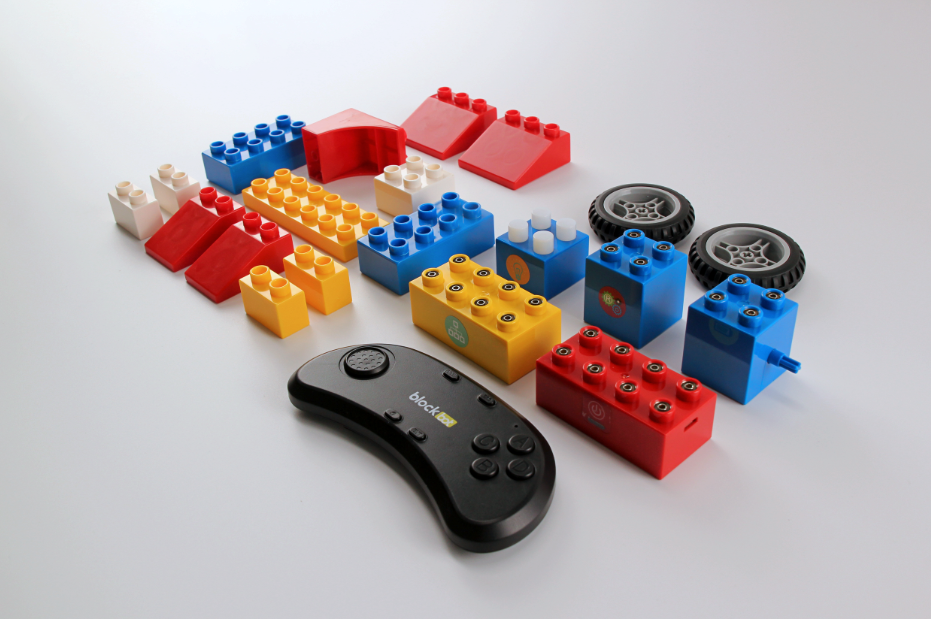
In conclusion, BlockBot represents the next generation of STEAM toys, combining the timeless appeal of building blocks with the limitless possibilities of robotics technology. As it continues to gain traction in the global market, BlockBot is poised to inspire the next generation of innovators, engineers, and problem solvers.

